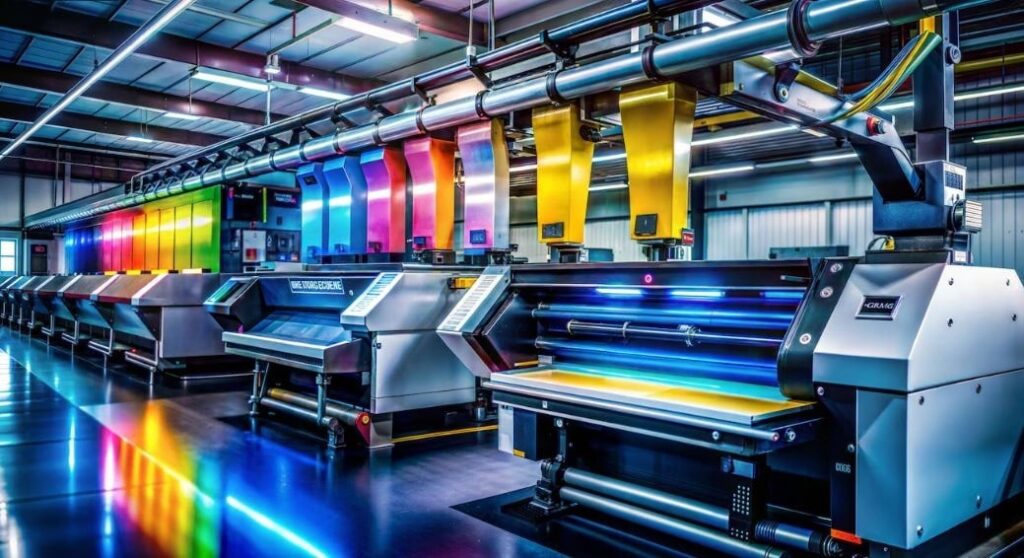
Selecting a suitable printing method used to print your custom apparel company could either make or break your business. There is a large selection of what side to take and what providers to choose, so one can simply be overloaded by the technical terms and the misbegotten information given by the suppliers. Of the printing methods, three methods always come to the forefront with each printing method having its advantages over the other methods: direct-to-garment (DTG) printing, direct-to-film (DTF) printing, and sublimations printing.
These approaches possess strong and weak sides so they are applicable to various types of projects, budgets and business models. It is important to understand these differences whether you want to start a custom t-shirt business as an entrepreneur, you are an established print shop thinking of the right new equipment to install or you are a designer looking at the best means of bringing your creative ideas to reality.
This detailed overview highlights the main similarities and the differences between DTG, DTF, and sublimation printing, discussing the quality of the print, cost-efficiency, speed, and even materials that can be used. In a nutshell, you will be able to make a sound choice at the end of it to make an informed choice that can match your particular requirements and objectives.
What Is Direct-to-Garment (DTG) Printing?
Direct-to-garment works similar to a regular ink jet printer, with the major difference that a regular ink jet is used on paper, direct-to-garment is used on fabric by spraying on a water based ink. It is done by pre-treating the garment using special solution, loading the same into the DTG printer and subsequently printing the design layer by layer.
The DTG printers necessitate particular textile inks that fuse with the fiber bands of the fabric which gives a soft texture that is practically hard to distinguish with the original texture of the garment. Over the last ten years, the technology has greatly changed, and the contemporary DTG printers can print out photorealistic color prints in the millions.
It has a small set up time and is ideal when used on-demand and in small batch orders. But DTG printing functions optimally on 100 percent cotton or high blend cotton products since water-based inks require natural fibres to mimic the ink and cure satisfactorily.
What Is Direct-to-Film (DTF) Printing?
Direct-to-film printing is among the latest in innovation as far as custom apparel print is considered. Printing is done which is design on a special PET film with water based inks then a hot melt adhesive powder is infused over the wet ink. The film is then cured and it can be stored until its application.
At the time of transfer of design, DTF film is lightly laid on the garment and heat pressed so that adhesive melts and adheres the design to the garment. The process results in a long-lasting print which does not fade even after several washes leaving the colors bright.
DTF printing is very versatile in that it is able to print on any type of cloth material such as cotton, polyester, blended fabrics and on reactive materials such as nylon and leather. This versatility has made DTF highly demanded among print shops interested in improving their service provisions.
What Is Sublimation Printing?
Sublimation printing utilizes heating to transfer dye straight into fiber of the clothing through a procedure referred to as sublimation, during which solid particle of dyes are converted into gas without turning into a fluid. It starts with print designs on special papers which are sublimation papers with sublimation inks.
Then, the printed paper on the garment is exposed to high heat and pressure which averagely is 400 F in heat and 45 60 seconds. In the procedure, the dye will become gas and enters the fabric fibers making it indistinguishable to the fabric material, unlike other print technologies which will only be layered on top.
This distinctive procedure achieves most vivid enduring prints that are not subject to cracking, peeling, and fading. Nevertheless, the issue is that sublimation can only be used effectively on polyester fabrics or on polymer-coated things since natural fibers lack the chemical compound that would make them bond with the sublimation dyes.
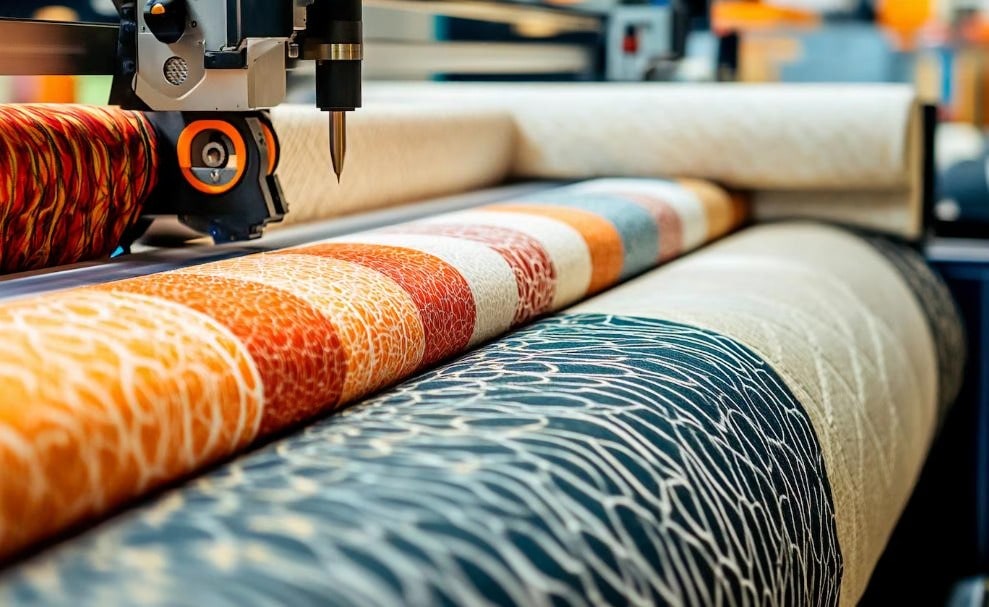
Print Quality Comparison
DTG Print Quality
An excellent use of direct-to-garment printing is on photo-realistic images and jobs with complex designs that contain gradients. It has the technical capacity of coping with millions of colors and the detail of the prints made is exceptional, thus ideal in all art work, photography and detailed like designs.
The soft handle of the garments is given by the water based inks which never add bulk to the garments. The colors on light fabrics stand out brightly, but the dark color materials must have a white under base, which might slightly alter the end-feel and look.
DTG prints perfectly blend into the fabric, resulting in a natural appearance and feeling that most of the buyers would love to have. The print quality may however vary depending on the type and color of the fabric where 100% cotton produces best results.
DTF Print Quality
DTF printing has excellent color coverage and color depth in addition to the good quality prints. The prints are a little raised in contrast to DTG although the newer DTF processes have reduced this by vast margins.
Without variations in quality when using different types of fabrics or different colors, it is one of the greatest benefits of DTF. DTF is suitable to print on dark and light material both, cotton or polyester and it preserves color saturation and detail articulation.
The strength of the adhesive layer of DTF printing is how it is very durable and sometimes passes the wash tests more than the DTG prints. At the same time, however it is also responsible to give this adhesive a very light plastic effect particularly on lighter materials.
Sublimation Print Quality
Sublimation printing has most colorful and long lasting prints after the three methods. The dye is not just plain on top of the fabric; that is why even after a thousand times of putting the clothes to wash, there will be no cracking, peeling or fading in sublimation prints.
The color gamut capable with sublimation is remarkable, especially with saturated, bright color that pops off white or light-colored polyester material. Photo pictures and fine details come out wonderfully with smooth tones and neat lines.
Nonetheless, the aspect of sublimation applies only when using light colored polyester materials. That would not work with dark fabric since it is impossible to print white or light color which could stand out against the color background.
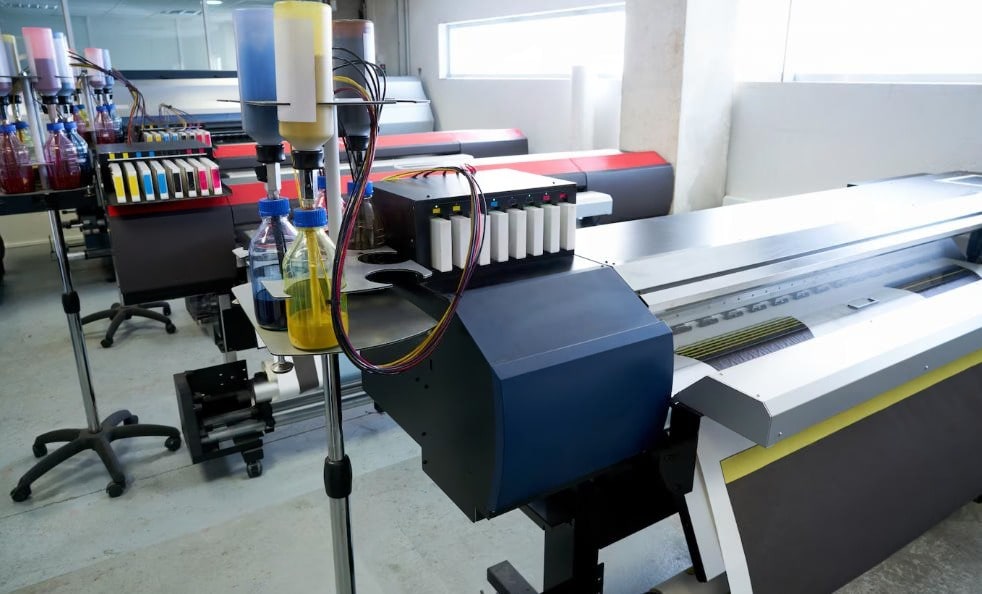
Cost Analysis
DTG Printing Costs
DTG printing involves high initial cost as quality printers cost between 15 thousand dollars and 50 thousand dollars or more. The operating cost involves special inks in textiles, pretreatment solution and routine maintenance.
Each print design depends on the size and complexity of the design and would cost a couple to a few dollars each garment. The price of printing each print becomes slightly cheaper the larger the volume but DTG will not be as economical as screen printing when it comes to large runs.
DTG is great in the case of low volume- high variety situations where other methodologies would have been prohibitively expensive in terms of setup costs. The short set up time implies that you can profitably print individual or small lots, and avoid wasting money setting up.
DTF Printing Costs
DTF printing machines are considered to be a modest expense between the DTG range and conventional printing and a superior arrangement costs between 8000 to 25,000 dollars. The cost of running involves DTF films, DTF ink, adhesive powder and the running of the press.
The cost of doing a DTF is per print and averages around $.50 to 4 dollars per transfer depending on size and quantity. DTF transfers may be made in advance and held so production in large quantities (with much lower unit costs) is possible.
Its capacity to pre-manufacture transfers and use them as-needed offers DTF the exceptional cost benefits which would be particularly required by industries that control the inventory but are not pledged to precise pieces of clothing.
Sublimation Printing Costs
Sublimation has the least start up cost and the complete systems costs: 3,000 to 15,000. It is quite economic to continue running and the principal operating costs include sublimation paper, inks, and operating the heat press.
The prices per-print tend to be the least expensive of all three techniques and cost between five dimes to two dollars a print, depending on sublimation. Sublimation is very profitable when used in appropriate applications because the process is simple and wastages are very minimal.
Yet, the limitations of fabric used in sublimation can elevate your costs in case you require the inventory of specialized blanks of polyester or you must refuse customers who prefer cotton.
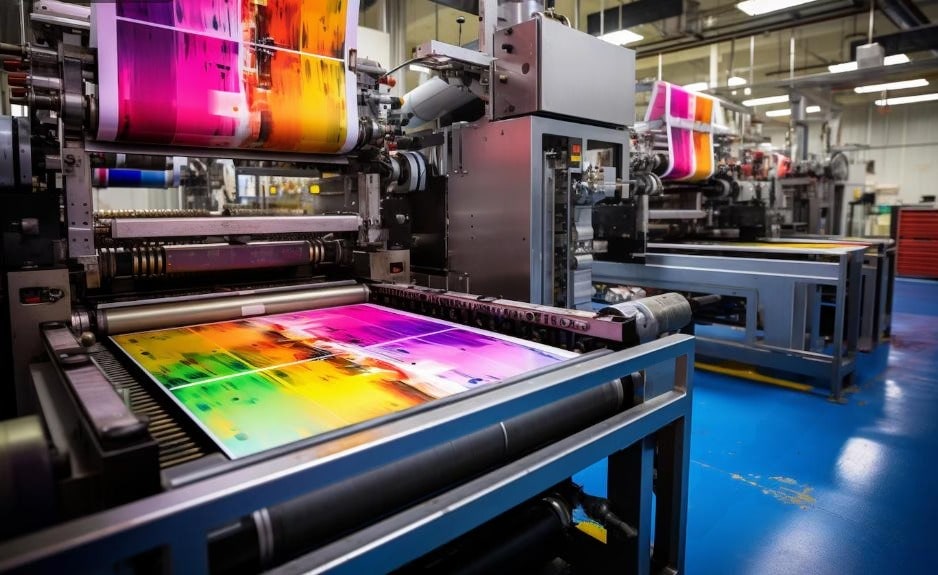
Production Speed and Efficiency
DTG Production Speed
The speed of DTG printing depends on the level of complexity of the design and quality of the printer dramatically. Simple designs may take 2-3 minutes whereas more complicated just colorized large pictures can take about 8-12 minutes by piece. There is extra time in the form of pre- treatment and curing.
The higher end DTG printers come with better speed in production and the capability of printing more than one garment at a time. The sequential process of printing by DTG however, does not offer as efficient scale of production speed as other means to large orders.
DTG is great in fast turnaround business when you require your garments complete in hours and not days. The very little time required to setup implies that you can begin to make products once you obtain a request.
DTF Production Speed
With DTF printing, the transfer production and application are separated, which allows applying distinct optimization strategies. Production of DTF transfers is comparatively quick and several designs are printed concurrently using large sheets.
Application of transfer is fast (15-30 seconds of a garment on a heat press) This can be separated so that, batch processing can be carried out efficiently and transfers can be stockpiled during busy times.
In big orders, DTF may be more cost-effective than DTG as transfers can be put ready ahead of time and applied instantly when they are essential. This has attracted DTF to be of distinct interest in fulfillment services.
Sublimation Production Speed
Sublimation is a very good production speed in case of appropriate applications. Sublimated papers can be printed quickly and transfer time is only 45-60 seconds per garment.
It is possible to print multiple small designs on the same sheets of paper and cut them up, hence ensure prudent use of the paper and cost per print. The big format sublimation printers have the ability to print several garments worth of transfers at one time.
Sublimation is quite efficient when it comes to repetitive output due to the simplicity of the process, and the reduction of variables, although can easily bog things down as the fabric types can be a bottle neck in case you deal with mixed orders.
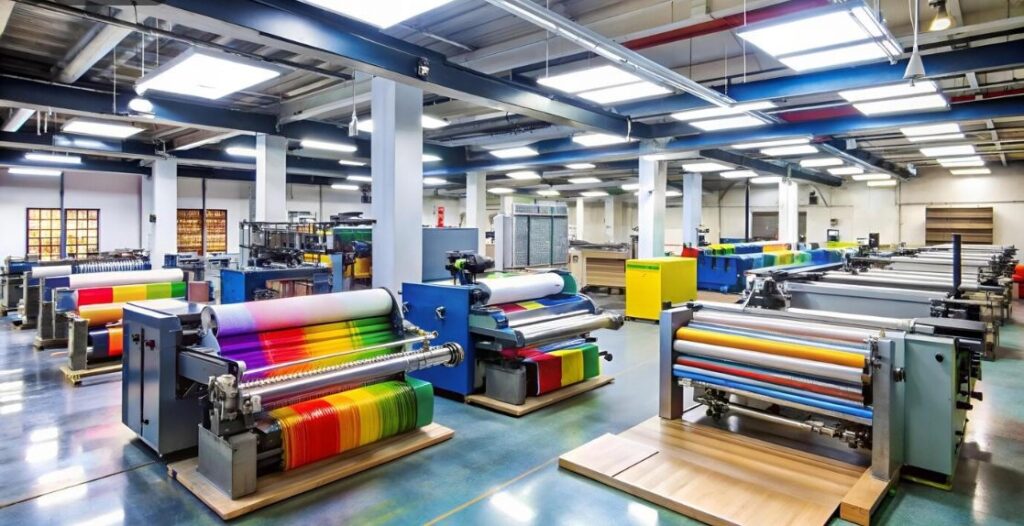
Material Compatibility and Versatility
DTG Material Compatibility
DTG generally performs well on cotton (100 percent or at least 50 percent in a high-cotton blend) but is spectacular on silk as well. The water-based inks require natural fibers so that they absorb and cure.
On synthetic fabric performance is poor and colors seem dull and durability is considerably affected. It makes sense to use blended fabrics but in some cases it may need to be tested before it should be deliverable with tolerable results.
This constraint may be considerable to the business ventures that deal with various markets or buyers who love the performance fabrics. Nevertheless, the outstanding performance on cotton qualifies DTG to take high-end cotton apparel markets.
DTF Material Compatibility
None of the three methods rivals DTF printing in the range of material compatibility. It is very efficient on cotton, polyester, blends and even tri-blends, as well as difficult materials such as nylon, leather and canvas.
And this capability, in a sense, is what makes DTF extremely useful in print shops catering to a wide range of clients. The same printing process can be applied to t-shirt, hoodies, bags, hats as well as specialty items without having to change equipment and techniques.
The reproducibility of one sample to another in various materials makes controlling inventory easier and enables you to answer the customer more often with yes, which can lead to additional income and customer satisfaction.
Sublimation Material Compatibility
Sublimation is applicable only to polyester materials or those items covered with polymer. Such restriction is conclusive • sublimation will just not stick to natural fibers (cotton/linen).
Nevertheless, sublimation is very versatile in the polyester category. It operates on clothing, hard merchandise such as mugs and phone cases and peripherals such as mouse pads and key chains.
The material restriction can be converted as an asset to the businesses that specialize in polyester sportswear, promotional items or where the unique benefits of sublimation represent a higher priority than the material limitations.
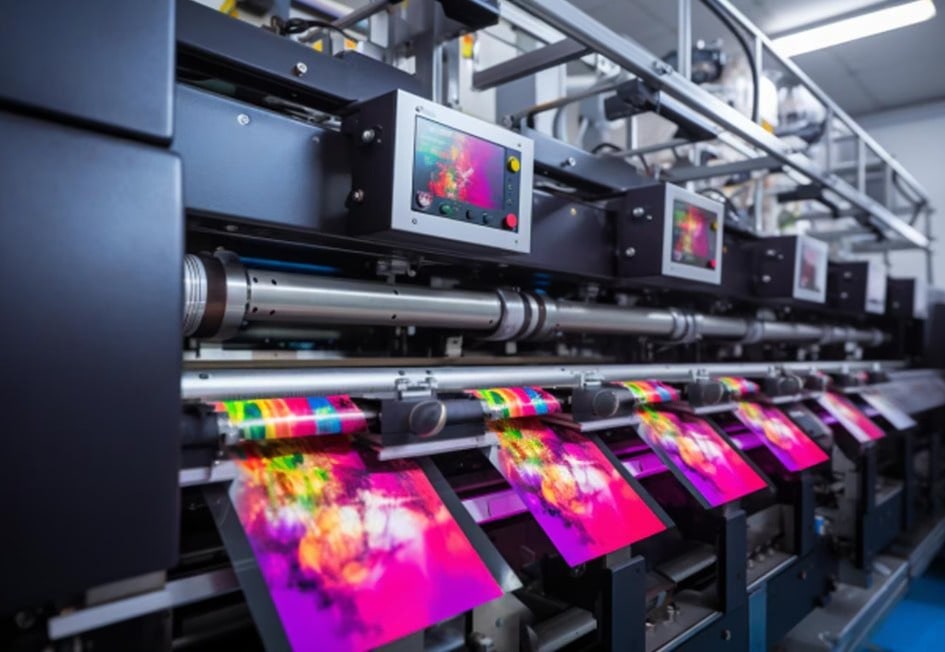
Durability and Wash Performance
DTG Durability
DTG prints are also durable in that they last well when they are well cured and maintained. The water based inks are attached to the fabric thus the prints are soft, and they move together with the garment.
The washability depends on quality of ink, curing and care of garments. Well manufactured DTG prints can survive 50+ washings with decent looks, but expect that there will be some fading.
The DTG prints with their soft hand feel do not change with time, unlike the second layer they do not crack or peel off. But the aggressive washing or high temperature may cause fading faster than the rest of the methods.
DTF Durability
DTF printings tend to be more durable than DTG during durability tests, and its adhesive layer offers such a strong bond that it does not crack and peel. A lot DTF prints look beautiful following 100+ washes.
The transfer layer is a little thicker when compared to the DTG prints which can withstand abrasion and wear of the design. This thickness may however cause lift of edges in case the transfer has not been applied well.
DTF materials of high quality and correct application technique is an important component in order to obtain the best level of durability. Substandard films or failure of good heat pressing process may considerably lower wash performance.
Sublimation Durability
The durability that comes with sublimation is the best among the three methods because the dye is integrated into the fabric. Nothing to crack, peel, or rub off by ordinary usage and washing.
When sublimated items are done properly they can retain the original garment look after hundreds of washings and minimal fading. The prints have also been found to defy UV damages hence they can be used in the outdoor environment successfully.
Sublimation as a process is permanent, and thus its products are recommended on products that are going to experience much activity or be washed regularly, like the sportswear, uniform, or the promotional item that needs a long exposure period.
Choosing the Right Method for Your Needs
This decision to choose between DTG vs DTF vs sublimation is based on a combination of the nature of your business model, desired markets, and your preferences of style of operation. DTG printing fits widely when a business specialises in premium cotton clothing that need complicated designs and only a small amount needs to be printed. Its soft feel and exceptional print quality make it suitable in high end markets of custom apparels.
DTF printing is the most flexible in a variety of product services and material applications. It would suit print shops that would like to serve more markets without incurring the expense of using new technologies of printing. DTF is also appealing in its fulfillment functionalities because transfer pre-production is possible.
Sublimation printing is appropriate to those companies that specialize in polyester clothing, sportswear, or imprintable items. It is also very profitable to use in the appropriate application due to its low operating costs and excellent durability.
You should consider the group of customers you target, the type of fabrics you want to use, average size of orders and also quality expectations. Most successful printing houses also run a variety of technologies so that they can cover all the market segments.
Making Your Decision
The direct-to-garment printing vs DTF vs sublimation all come down to what business and market you want to target. Both approaches have suitable benefits that can provide success as long as well appropriate to your target applications.
DTG is the top choice when it comes to high-quality cotton products with complicated designs, DTF is capable of delivering unrivaled versatility by usage material, and sublimation is the approach of dreams when it comes to applying onto polyester materials. Being aware of these strengths means that you can decide which of the approaches is best suitable depending on your business strategy and the needs of your customers.
